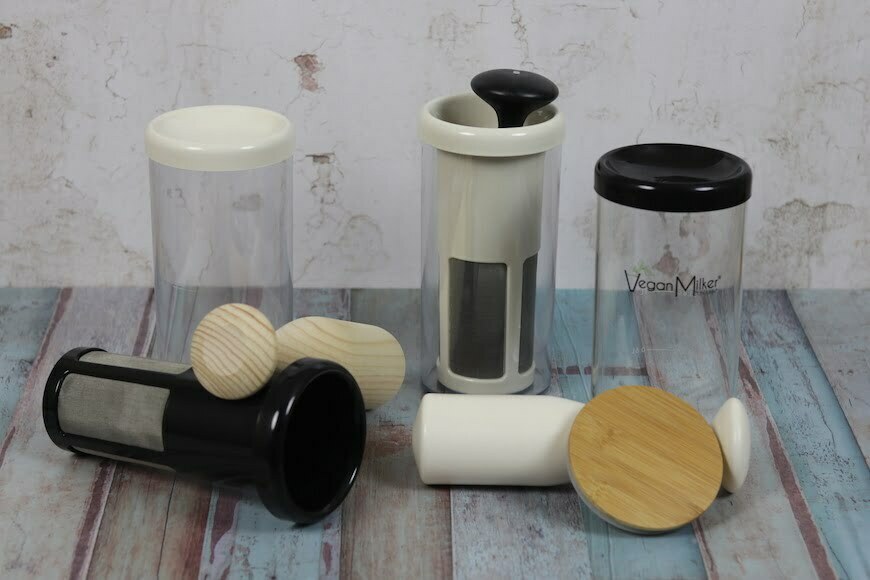
Have you recently acquired a Vegan Milker and you find the filter to be somewhat faulty? Stay calm, because there’s nothing wrong with your Vegan Milker. Keep on reading to find out why the new filter looks like that!
To solve all the questions regarding the new filters that we’ve been getting this last month, I’ll be using some videos and photos which were kindly shared by our friend Sandra from SESVEGAN.
In 2020, we’ve improved our quality testing procedures. Our new protocol includes manually pressing the filter mesh, using our thumb, to check if it’s correctly fused into the plastic part.
Thing is, this action gives the mesh a rougher texture, so they can feel a bit bumpy to the touch. 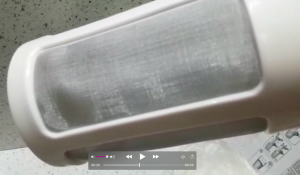
It might not look aesthetically pleasing, but truth is, that the filter looking like that is a sign that everything is correctly made.
In fact, if you press the mesh with your thumb, you can check how sturdy it is.
However, if you do want your filter to last a lifetime, you’ll need to thoroughly follow the handbook instructions as you’ve been doing now. At the end of this post, you’ll find some basic tips and tricks.
On the other hand, many of you seem to be concerned about the black-ish stripe which appears inside some of the filters. This stripe can be seen just where the mesh meets the “nerves” (there’s a “nerve” for every one of the windows).
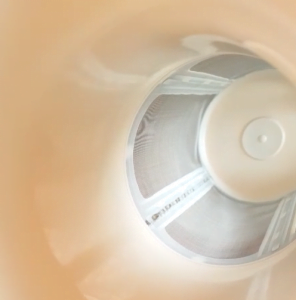 Some of our clients wonder if it could be oxide, which is not, since the mesh is made from the highest quality stainless steel (AISI 316L), which is even resistant to saline solutions.
Some of our clients wonder if it could be oxide, which is not, since the mesh is made from the highest quality stainless steel (AISI 316L), which is even resistant to saline solutions.
I’m attaching some certs for the strict chemical tests made by Bureau Veritas (one of the most prestigious certs in the world) checking both the mesh (you can see the welded part in the picture) and the filtering jar. Hopefully, this will make your worries wash away!
Here are the certs:
- Certificate for the stainless steel used in the filter according to the EU Food Law.
- Chemical Certificate for the plastic used in the filter
- Vegan Milker Mechanical Safety Test
We buy the mesh in huge rolls which are then laser-cut and welded. To put it simply, we’ve made the steel mesh welding stronger. It used to feature just 4 welding points, but now, the welding part runs from the top to the bottom of the mesh. Thing is, when we inject the plastic, we make the welded mesh join the injection point of one of the filter “nerves”. We do it this way, so the welded part cannot be seen from the outside. However, if we look at the inside of the mesh, it’s possible to see a line of brown points, or a stripe running through one of the “nerves” of the filtering jar.
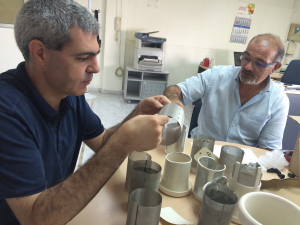 As you can see, both effects are only aesthetic. We strive to make a quality product with nothing but the best materials, and we work inside Spain so we can ensure that all processes are correctly carried out.
As you can see, both effects are only aesthetic. We strive to make a quality product with nothing but the best materials, and we work inside Spain so we can ensure that all processes are correctly carried out.
That’s the reason why, even if we officially offer a short 2 year warrant, you can contact us if you encounter any problem after that period of time, since our Vegan Milker is designed to last for decades.
As always, if you have any question or doubt, you can leave us a comment on the blog, which we’ll be really grateful for, since it help us and the entire Chufamix community.
If you need to know more about the filter maintenance, you can check out our TIPS AND TRICKS section on our blog.
Last but not least, thank you so much for your trust, and for all the questions and suggestions you send us which help us improve our little big invention everyday!

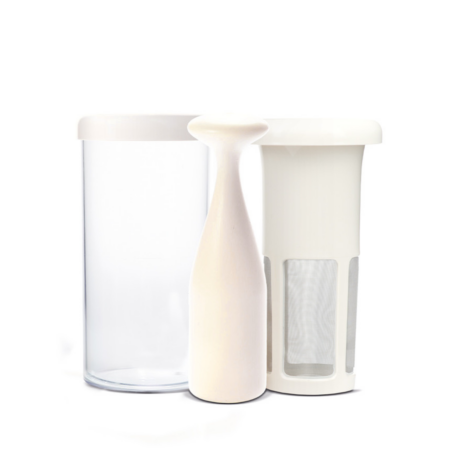
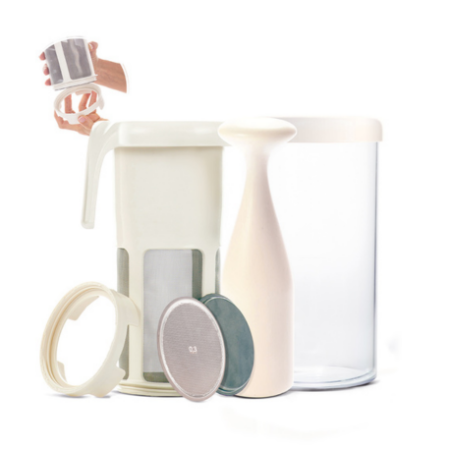
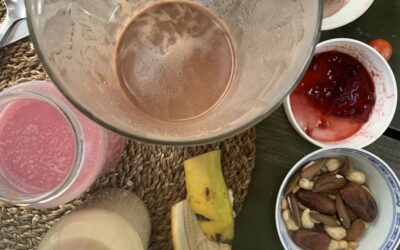
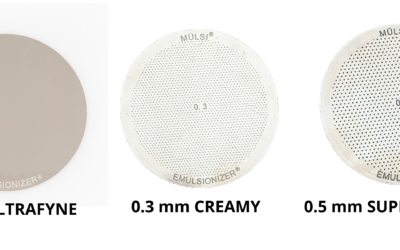
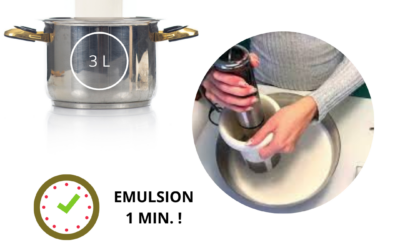
0 Comments